Reflections
Speed ⟹ Safety
It's counterintuitive, but having access to more speed (and acceleration) can make biking safer. Starting from a stop at lights, holding a lane on shared roads, minimizing the number of cars that close on and overtake you (and the speed they overtake you at)… you are much more in control of your relationship to traffic on an ebike. This is one of new e-bikers' biggest "💡"/"🤯" realizations.
It's also surprising how a little boost makes a big difference in your control and safety. Increasing your top speed from 15mph to 20mph means a car going 25mph passes you half as quickly and has twice as much time to "see you coming" as it comes up behind you.
In more typical urban settings where cars might be averaging 15mph (between 0 and 20mph due to mild congestion and lights), it means you can find one driver who: 1. sees you 2. is not telegraphing their desire to murder you
and draft them for a while (until the next light, when you must bid them "🙏", glide up to the front, and find a new host).
Previously, you had to be a serious cyclist to access this speed (and corresponding ability to simply exist on car-dominated roads), but now almost everyone can.
Speed ⟹ Inclusion
The "Speed ⟹ Safety" effect is particularly true for people who are not stereotypic young/fit men (women, children of all ages, older people, differently abled people, …). I was brave enough – some of the time – to bike around NYC before e-bikes, but it was not feasible for my wife (though she is in her 30's and reasonably athletic) due to the high baseline level of bullying from drivers (both inadvertent and intentional) as well as specific vitriol and threats she received as a woman taking space that some men motorists feel is theirs.
Related:
- During COVID, Citibike NYC saw a 147% increase in women cycling (vs. 68% increase in men)
- In Paris, the percent of women among new bike-share subscribers rose from 40% to 49%
- There's a fascinating history of bicycling + feminism
- My 70yo in-laws have been ebike-pilled in their hilly town in Westchester; it's a wonderful way to allow people to get around, get to know their own neighborhoods, get fresh air / exercise, and accomplish daily tasks.
Speed ⟹ Convenience
The most obvious benefit of speed is that it lets you get from A to B faster (or for less work, at a given speed). You can worry less about getting sweaty or feeling like getting home is daunting or you're not up for it, and it's generally easier to go places and do things.
Class 1 e-bikes provide a pedal-assist up to 20mph; this lets casual riders (who normally top out at 12-15mph) play in the 15-20mph range and, as with the "safety" angle, that ≈30% difference actually makes for a qualitatively different experience. I consistently pass more cars than pass me. It's pretty hard to go 15-20mph in a car for very long in urban environments, so ebikes are faster for a large class of trips (not even counting time parking).
This is a brand new, developing mode of transportation that changes the basic math of transportation in cities.
Cost
On average, a new car in the US costs $40k or $800/month.
Lots of the US effectively levies a $40k tax to participate in society, which hits the least well off the hardest. We had a vicious political battle over one-off $1200 COVID relief checks, but enabling people to live car-free is like an $800/mo stimulus in perpetuity.
80% of car trips are under 5mi and easily replaceable by e-bike kits that, on the high end of the market and including gear and accessories to the max, cost 1/10th what a car does.
1 car ⟹ 10 e-bikes + gear
When I am passing cars stuck in traffic, a sad realization is that each car could have paid for 10 families' e-bike mobility solutions™️.
Some of the darkest images of the failed state of American governance as well as transportation culture were the long lines of cars at food banks during COVID lockdowns:

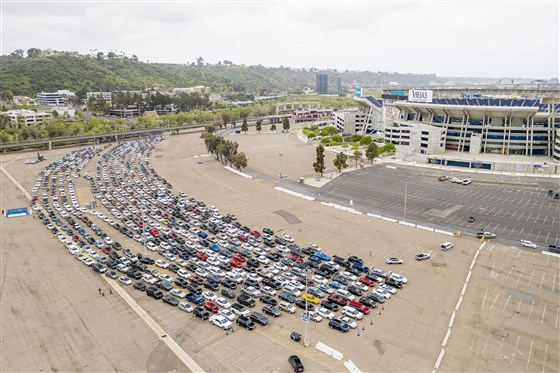
Space
E-bikes take up very little space for the mobility they provide. Mode shift from private cars to e-bikes directly improves a large class of congestion and parking issues in cities.
Taking up less space also means you can bring your bike with you on other modes when necessary (trains, buses, even ride-shares), store it easily, etc.
Bike vs. Car Storage
A critical area where American cities fail in enabling biking – and especially e-biking – is providing secure bike parking infrastructure.
Oonee (pronounced "uni") is an NYC-based startup I love, that operates phone-unlocked pods near transit where a dozen bikes can be stored, and is piloting "mini" pods that replace single-car parking spots w/ secure storage of 6-10 (e-)bikes.
For comparison, here are some examples of bike parking in other countries that would be a nightmare if replaced with car-parking:

_see also: Re-thinking the School Run and _London's school streets
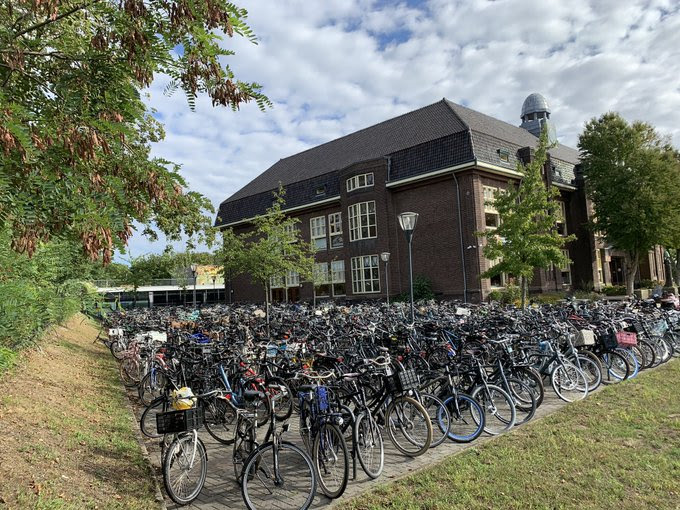
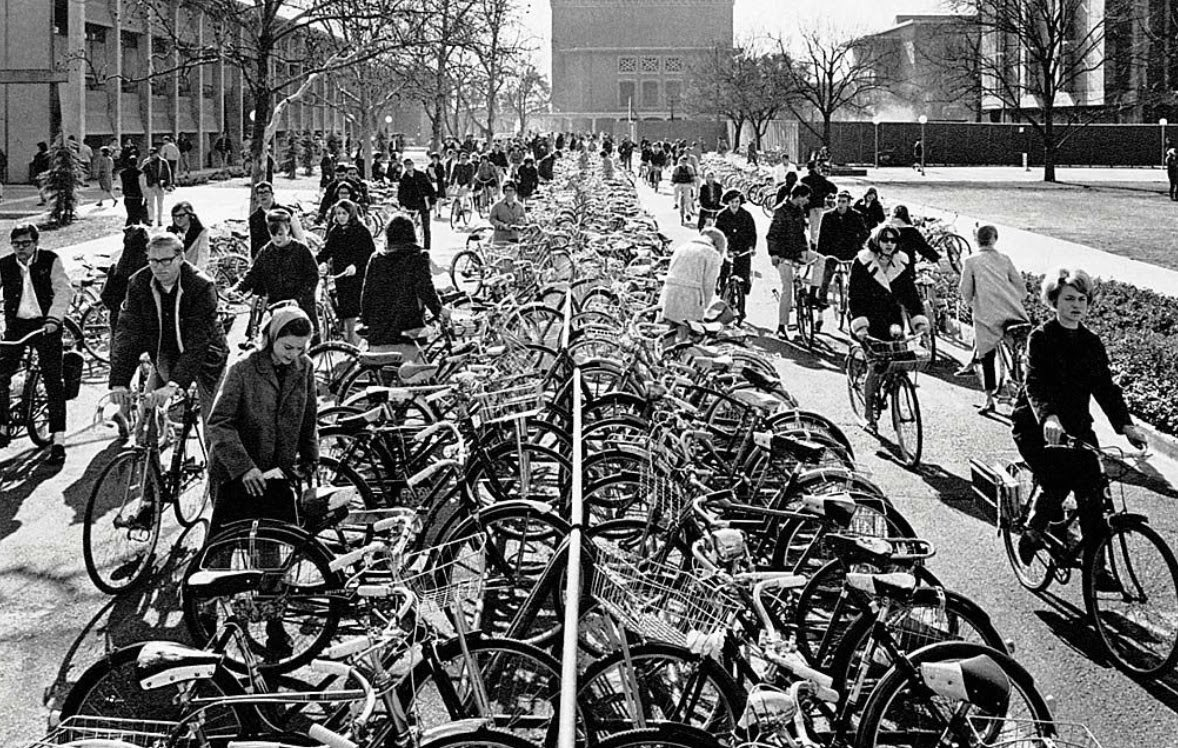

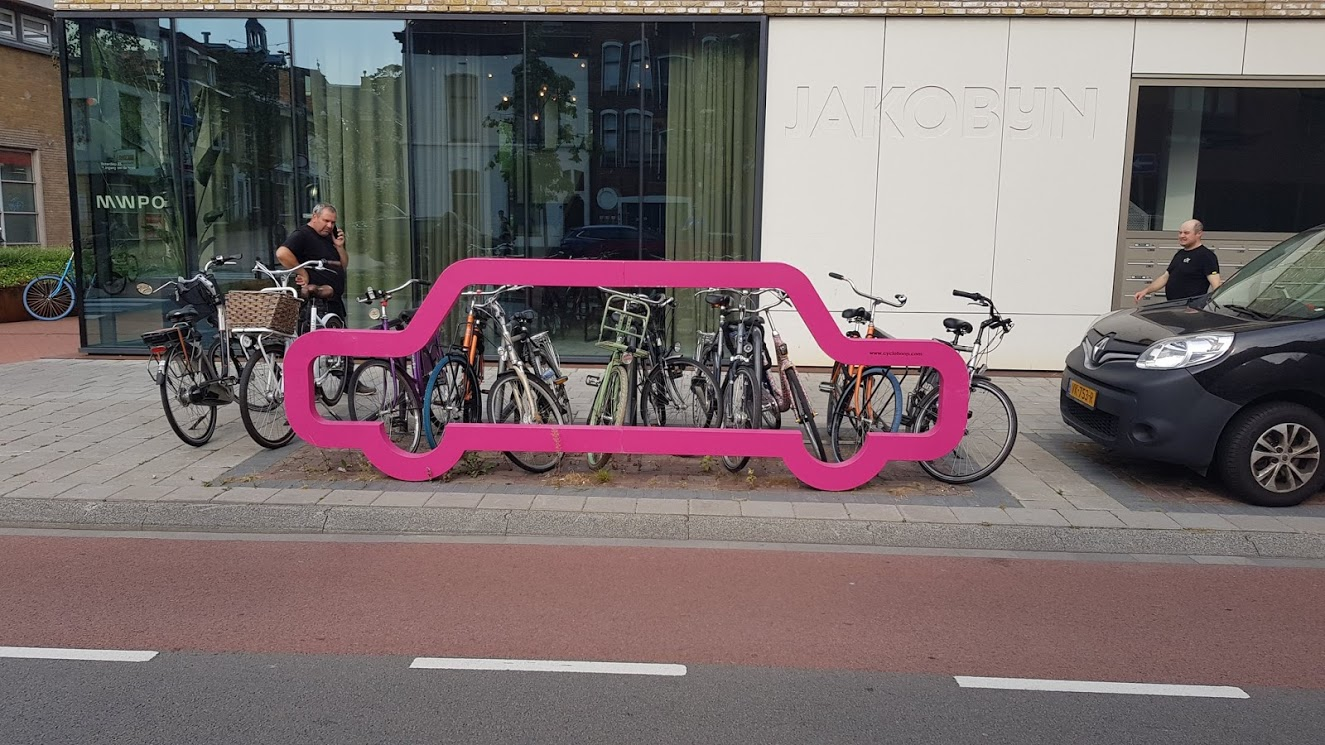
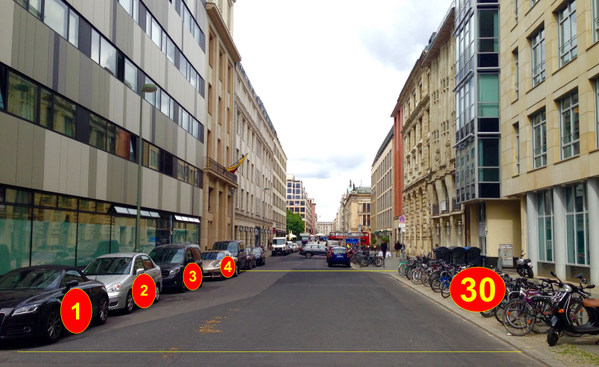
Compare to car-centric North American analogs:
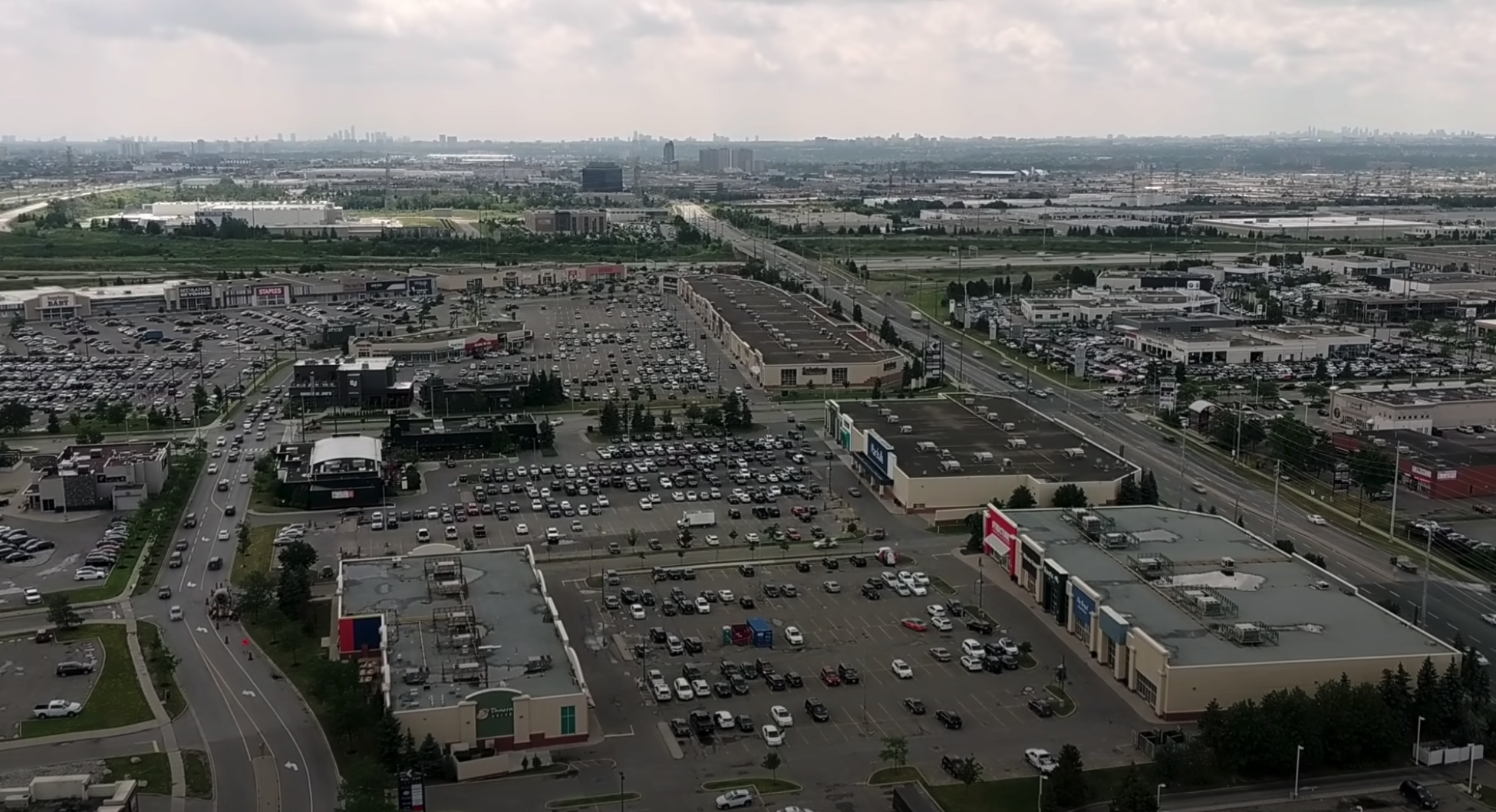
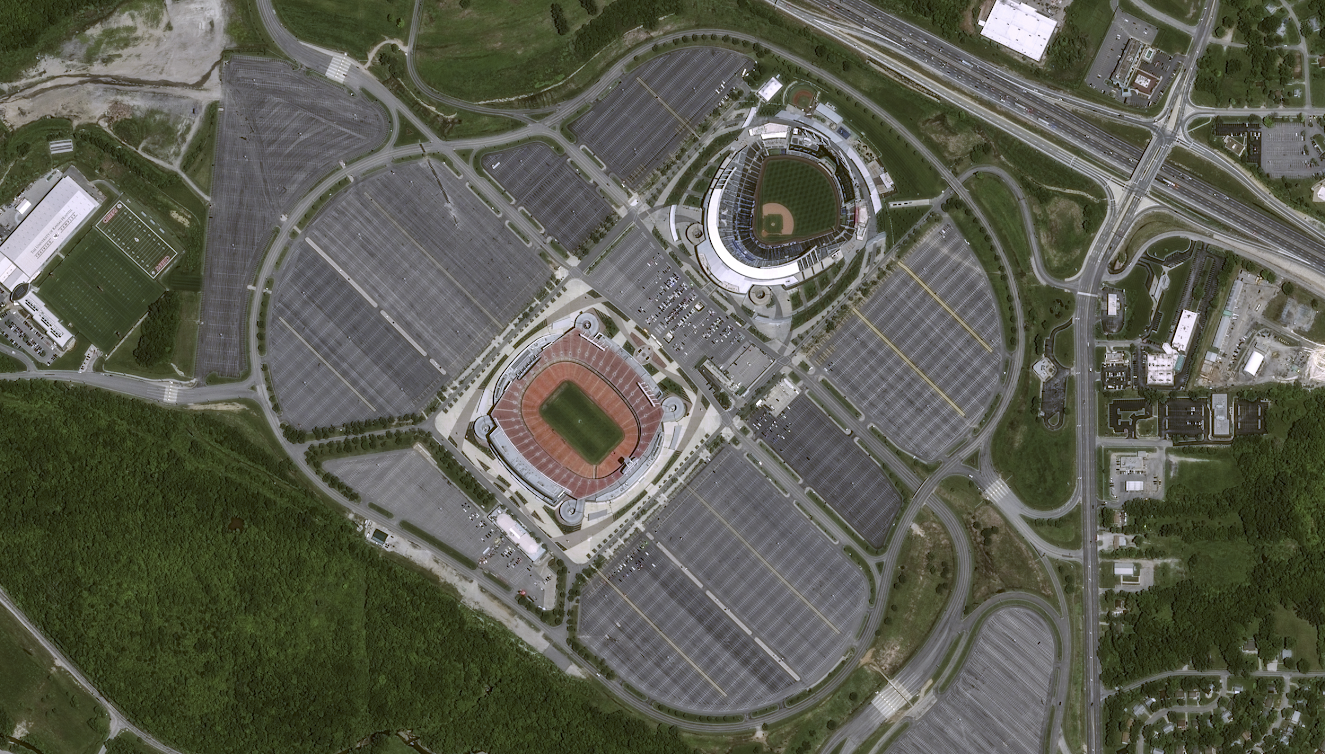


Cargo
E-bikes can replace cars for a surprising variety of cargo-hauling tasks:
Groceries, Bulk Items
There is a small (but growing), dedicated group of people that love to show off the things they haul on their (e-)bikes, that I recommend checking out (images link to tweets):
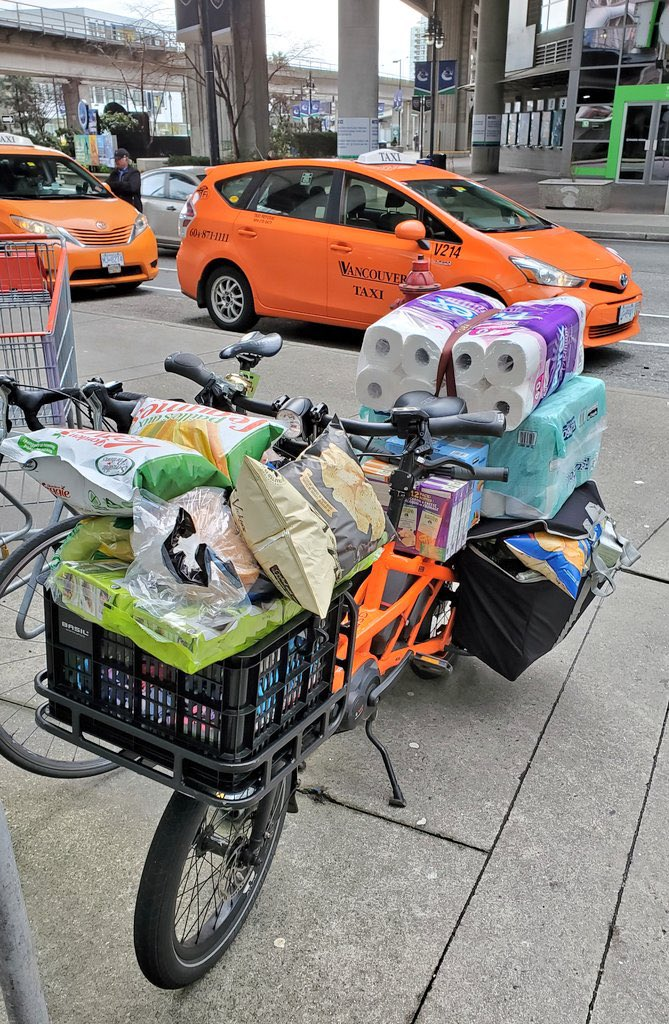
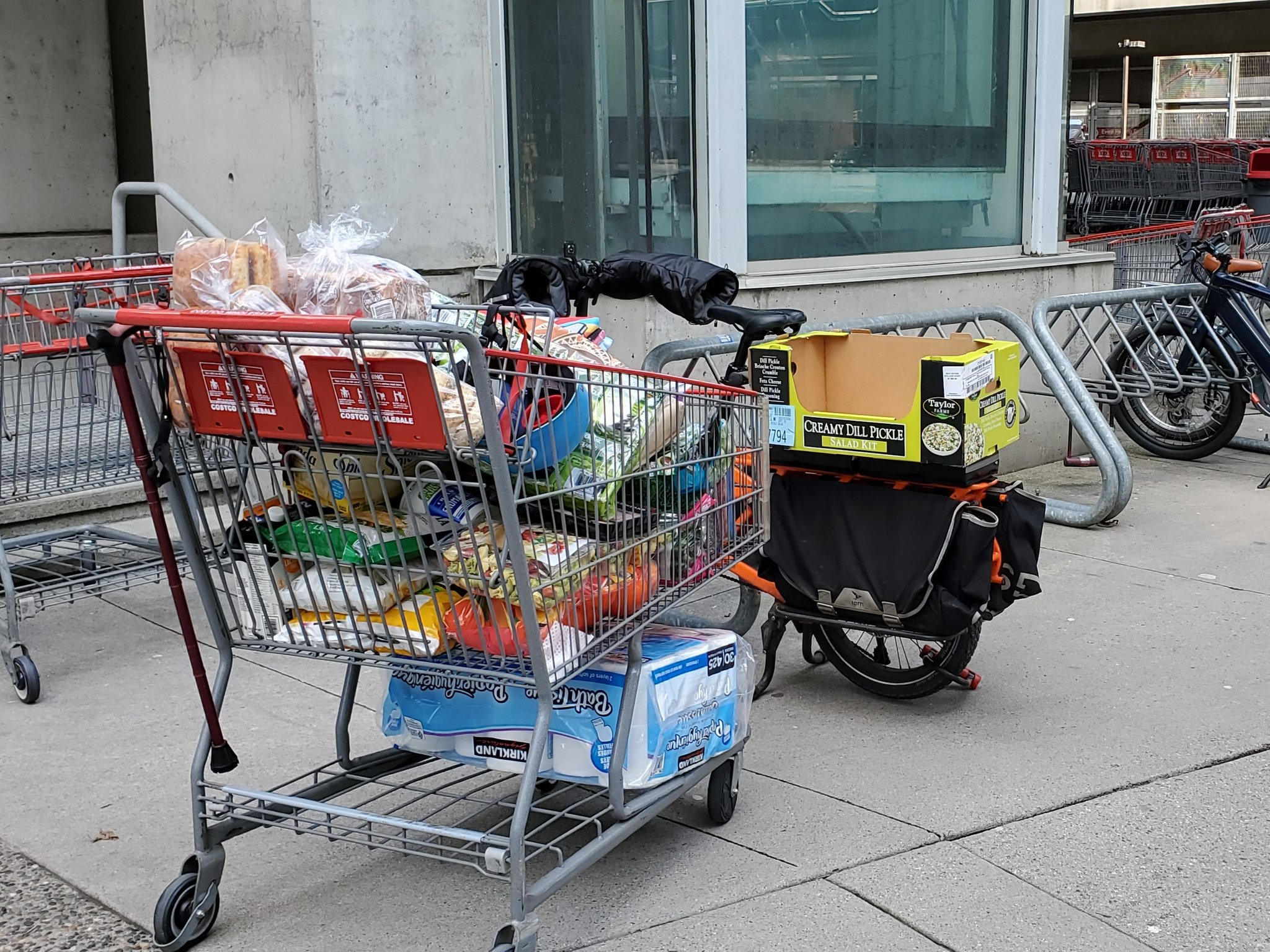
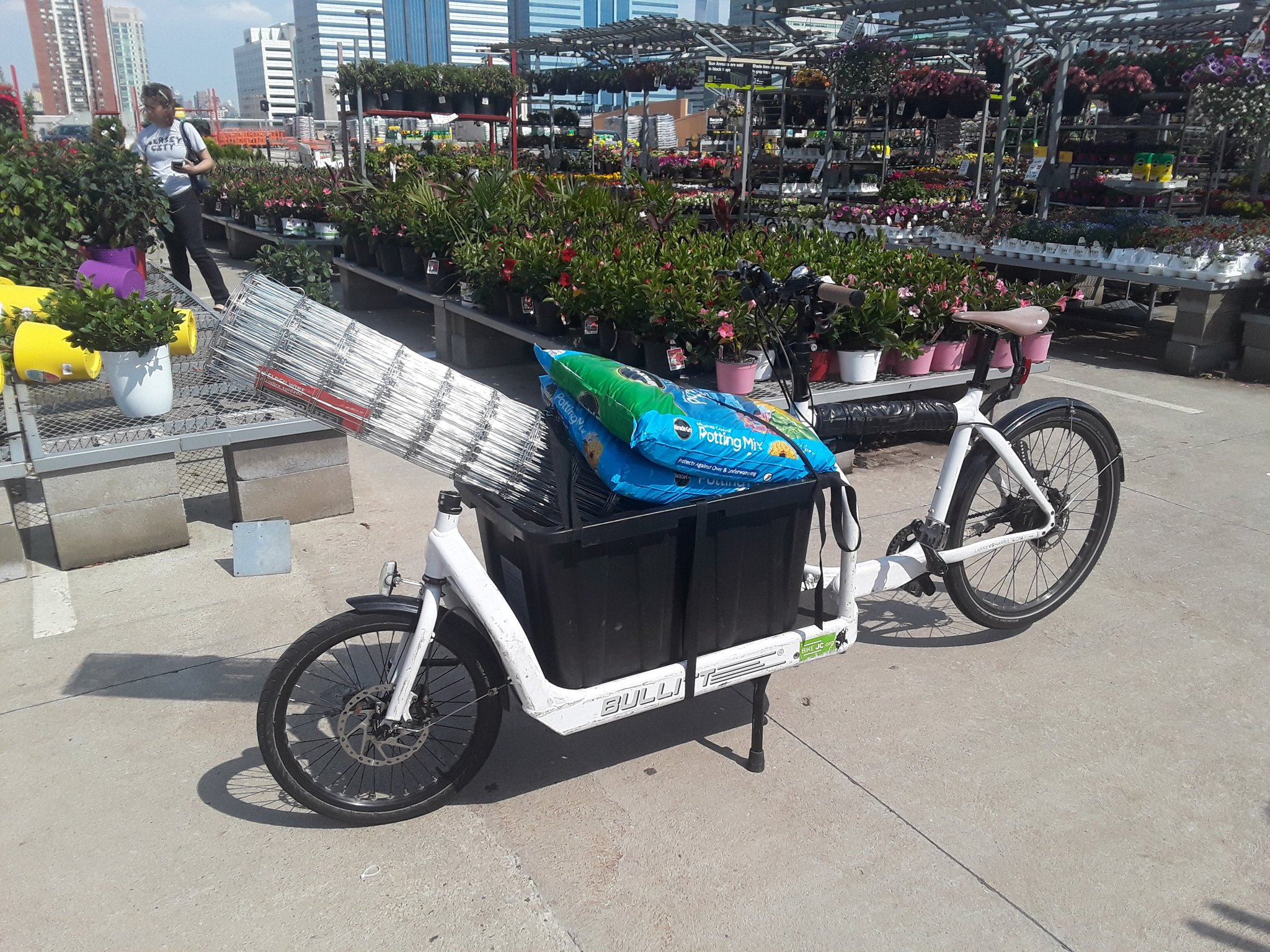
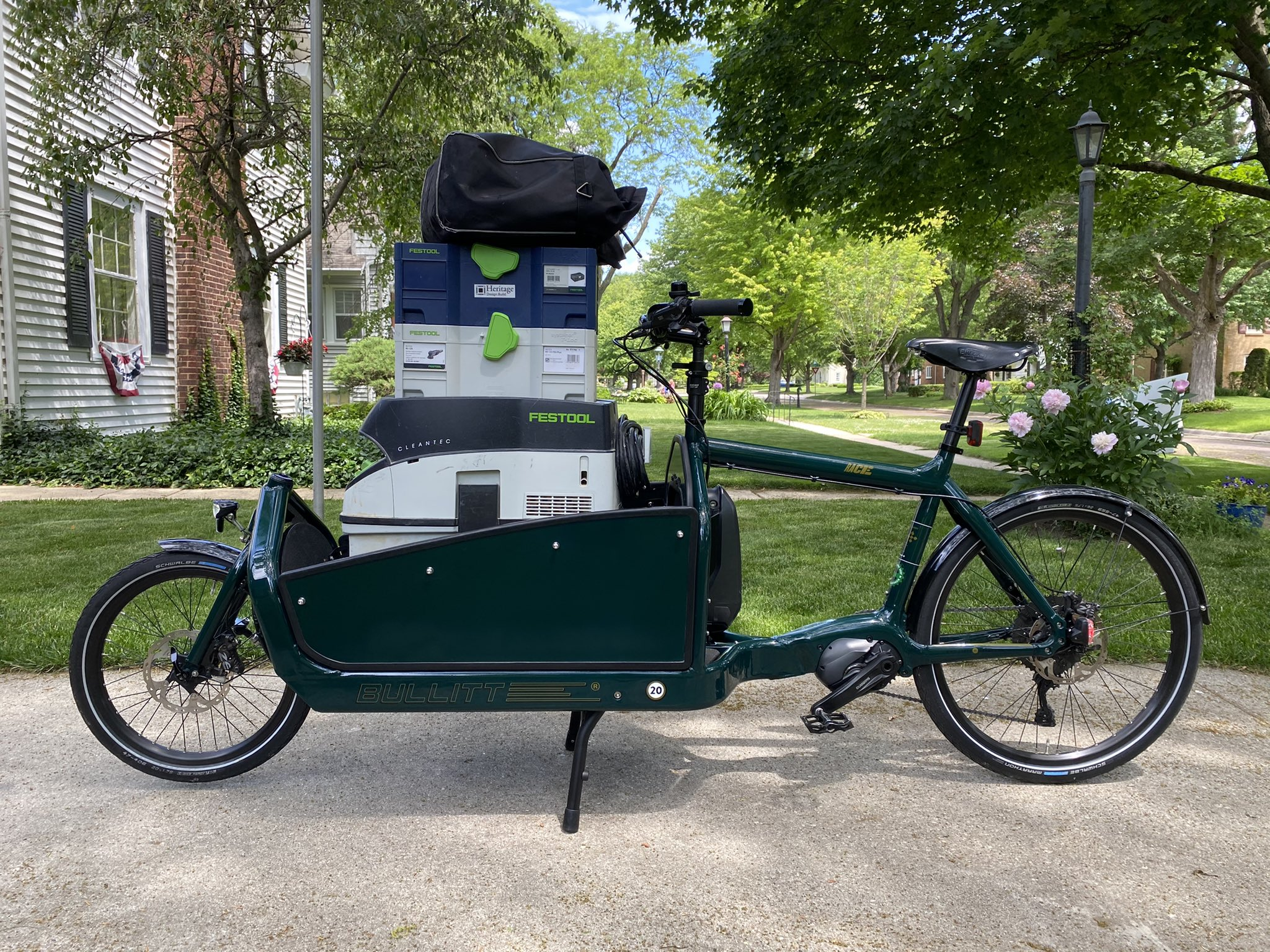
Kids
Even my X3 (VanMoof's smallest bike) supports a Yepp child seat (the most popular brand I see used):
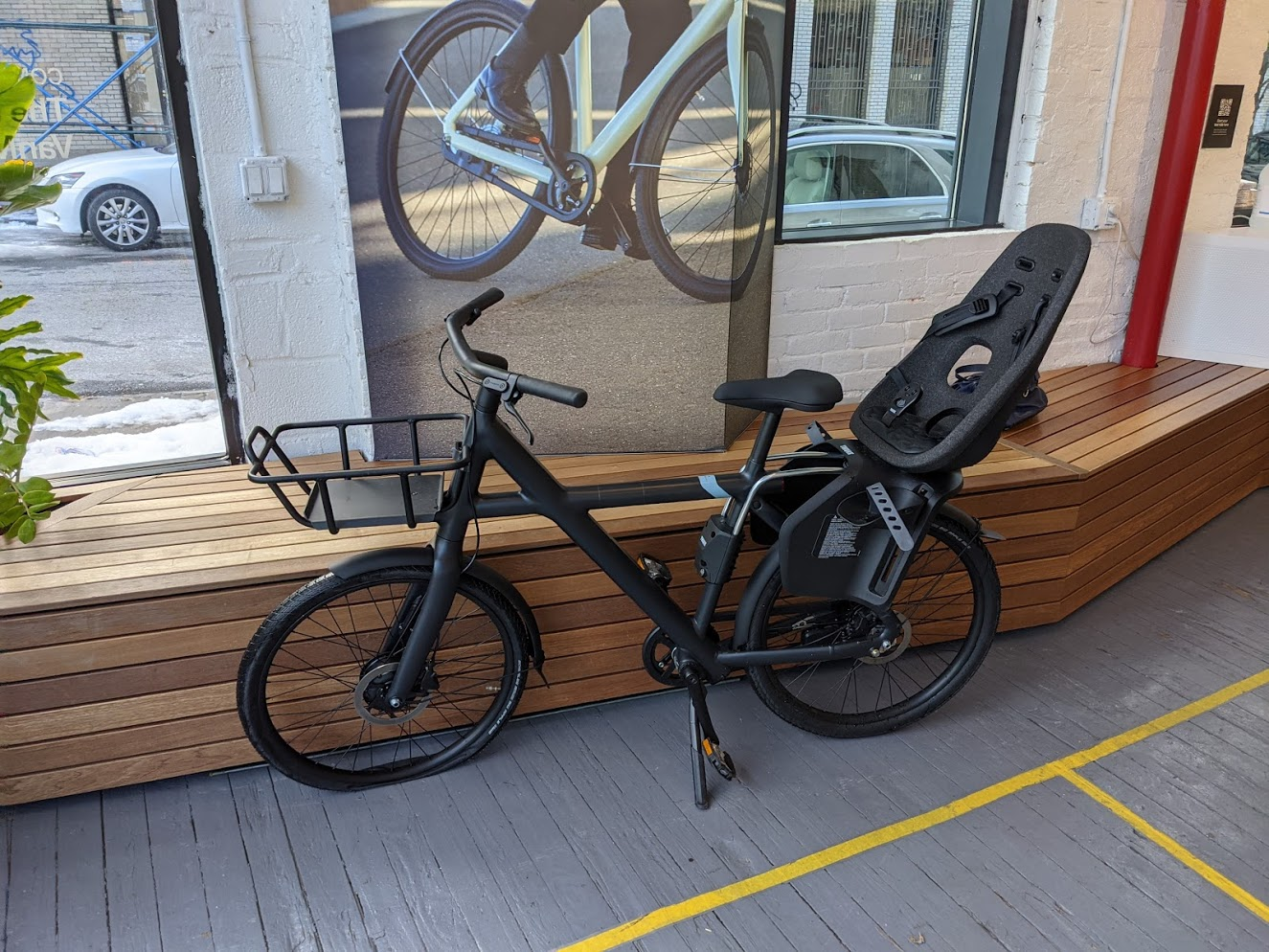
Larger bikes can fit 2 on the back easily:
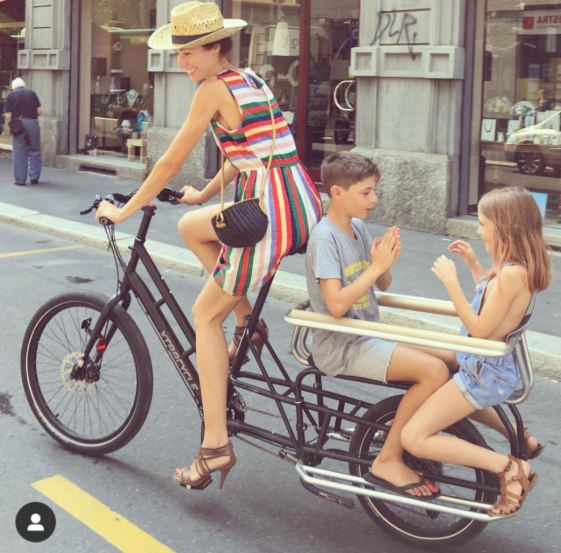
There are also front-loading options ("bakfiets" or "box bikes"):
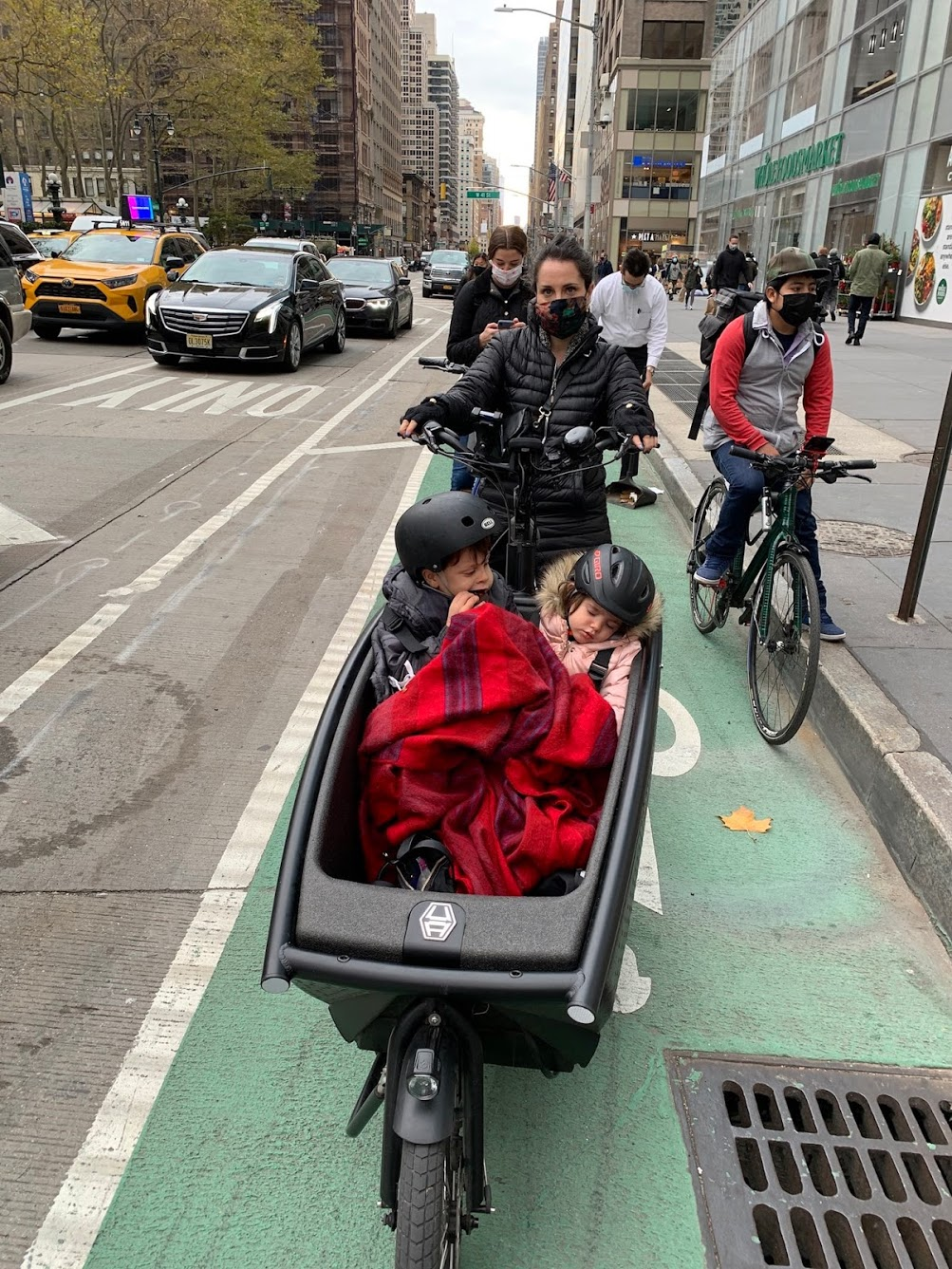
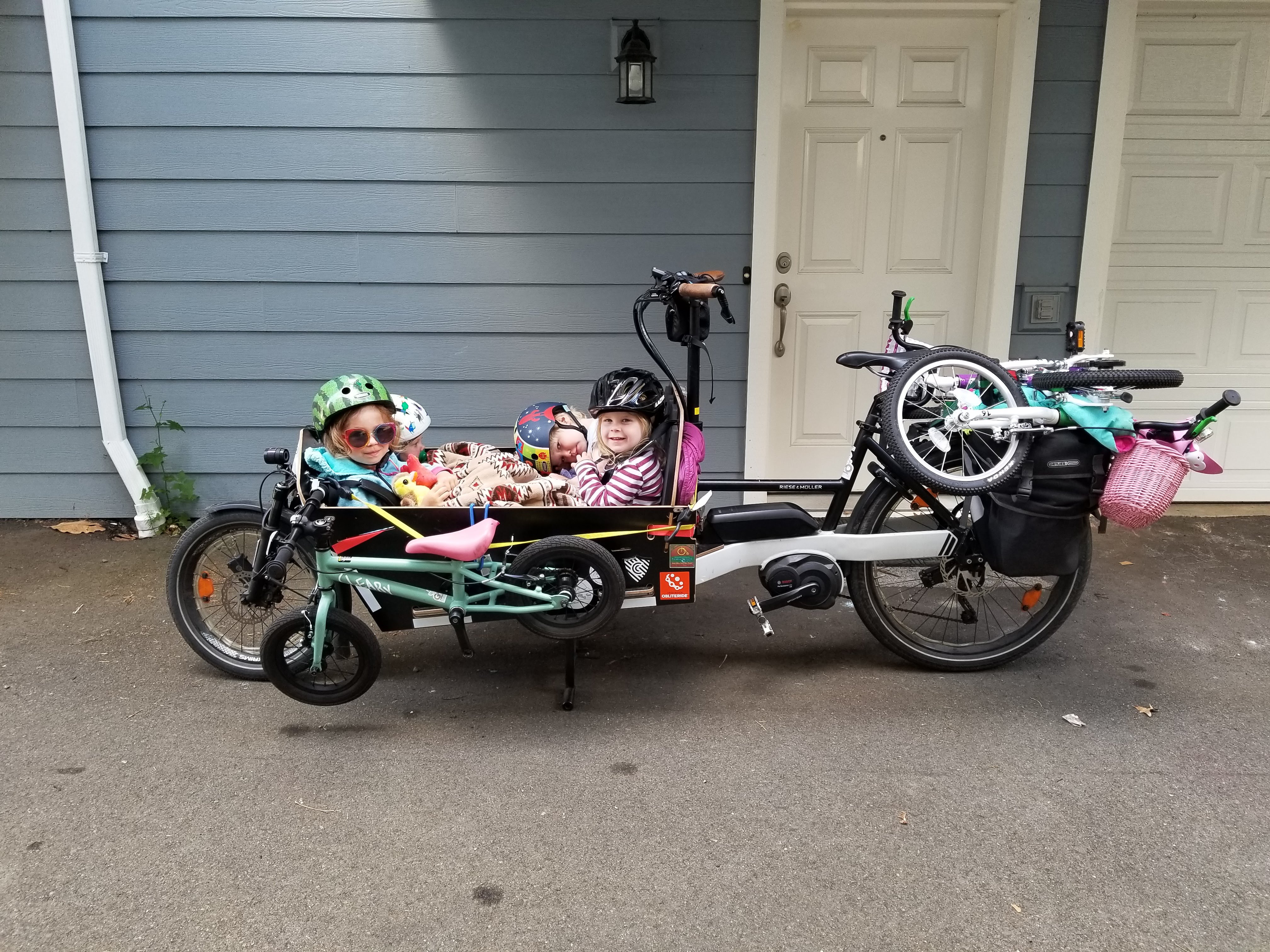
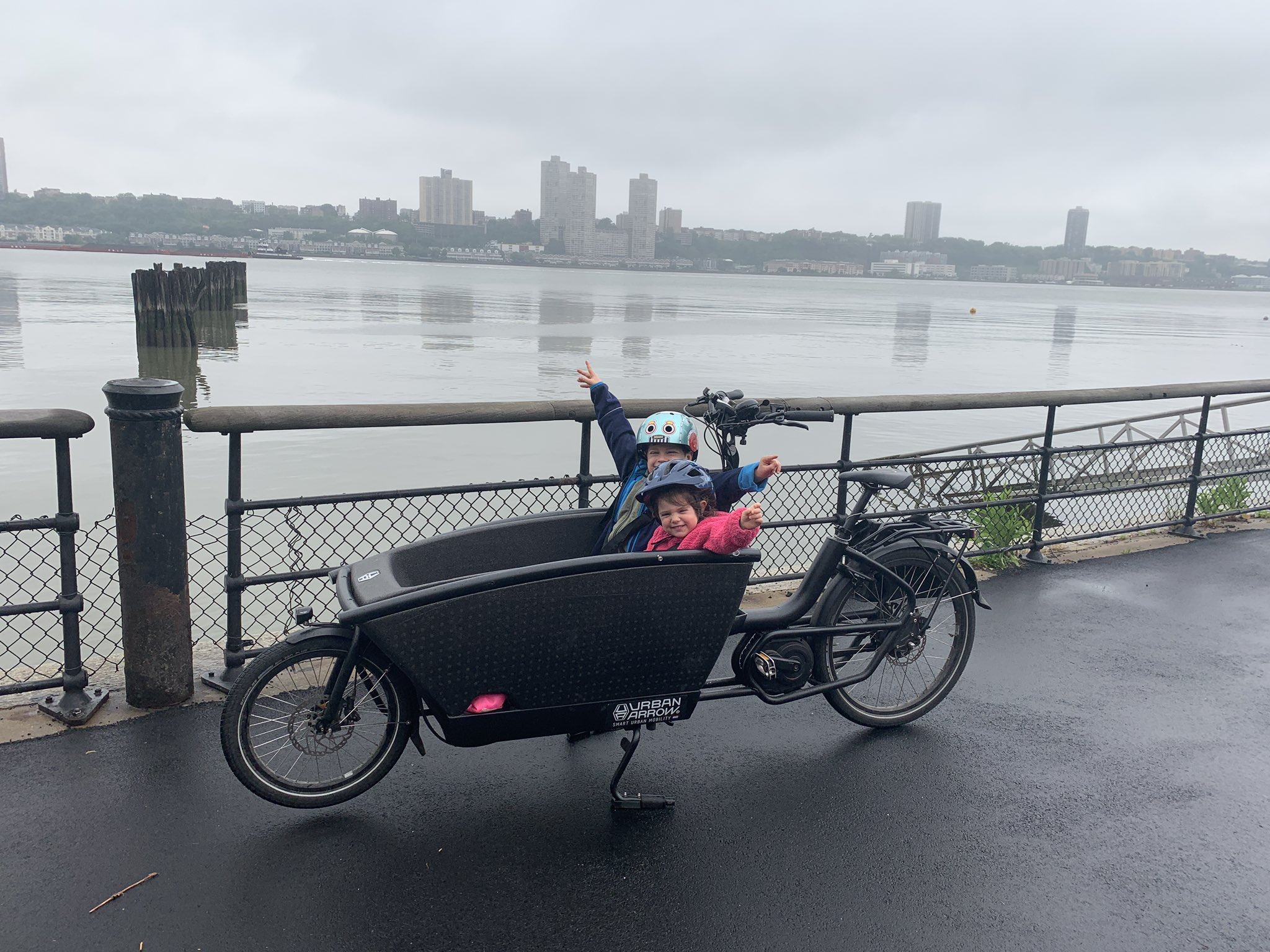
Of course, it's possible to do even more with less:
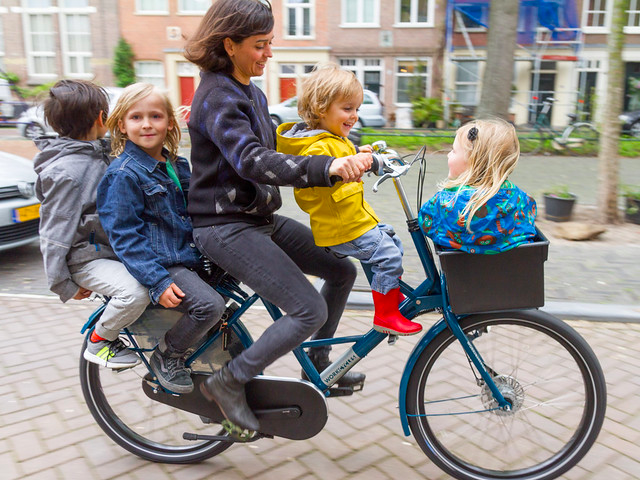
but luckily, new and evolving e-bike technology is making all configurations much, much easier.
Finally, most children are capable of biking themselves to school at a relatively young age, if we kept them safe from drivers; see re-thinking the school run for more discussion.
PoV: Grocery Runs
My grocery runs since getting an e-bike have also been so surprising and delightful that I've been documenting them in an album:
Farmer's market runs 🙏🙏
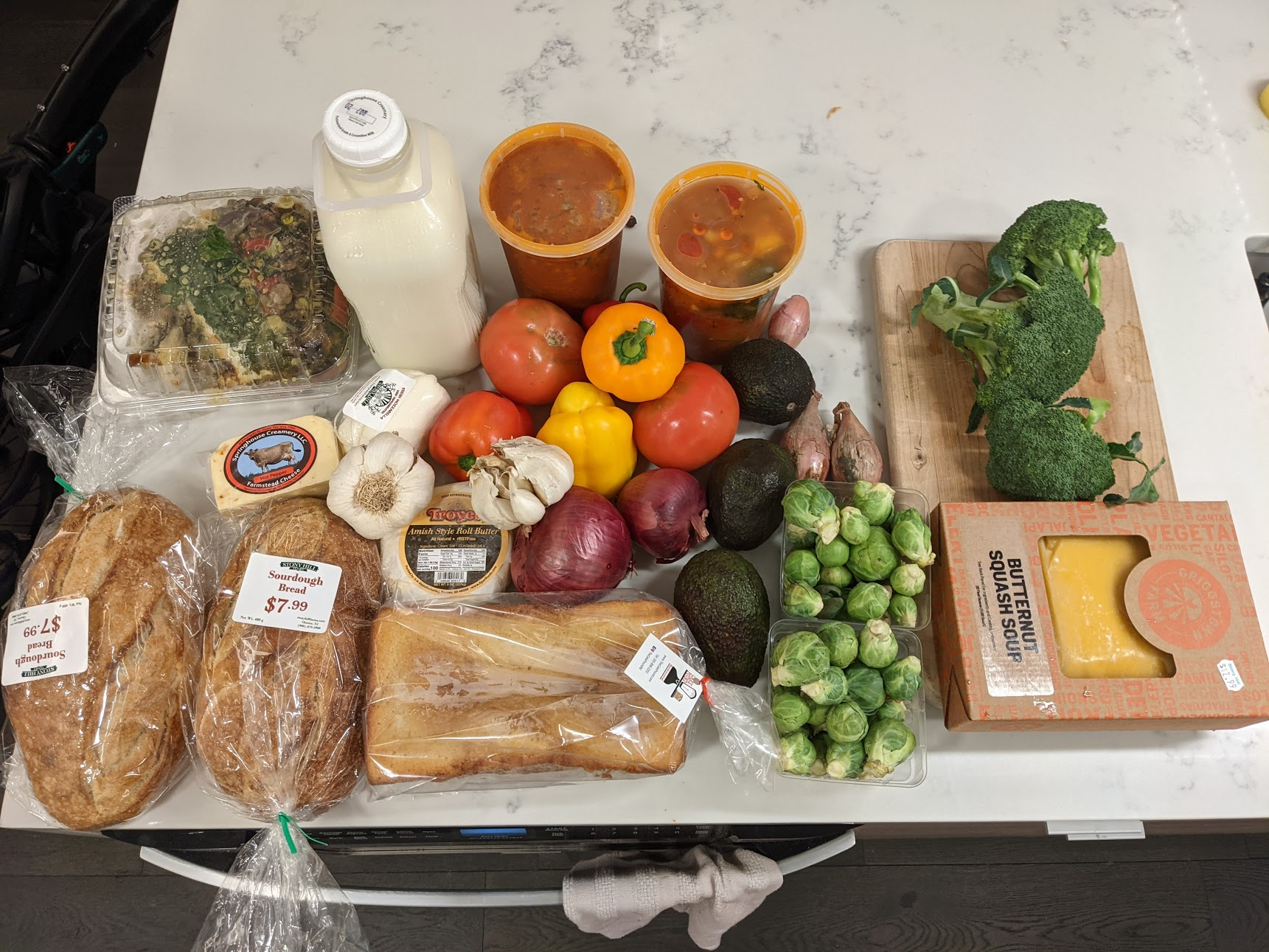
and it folds!
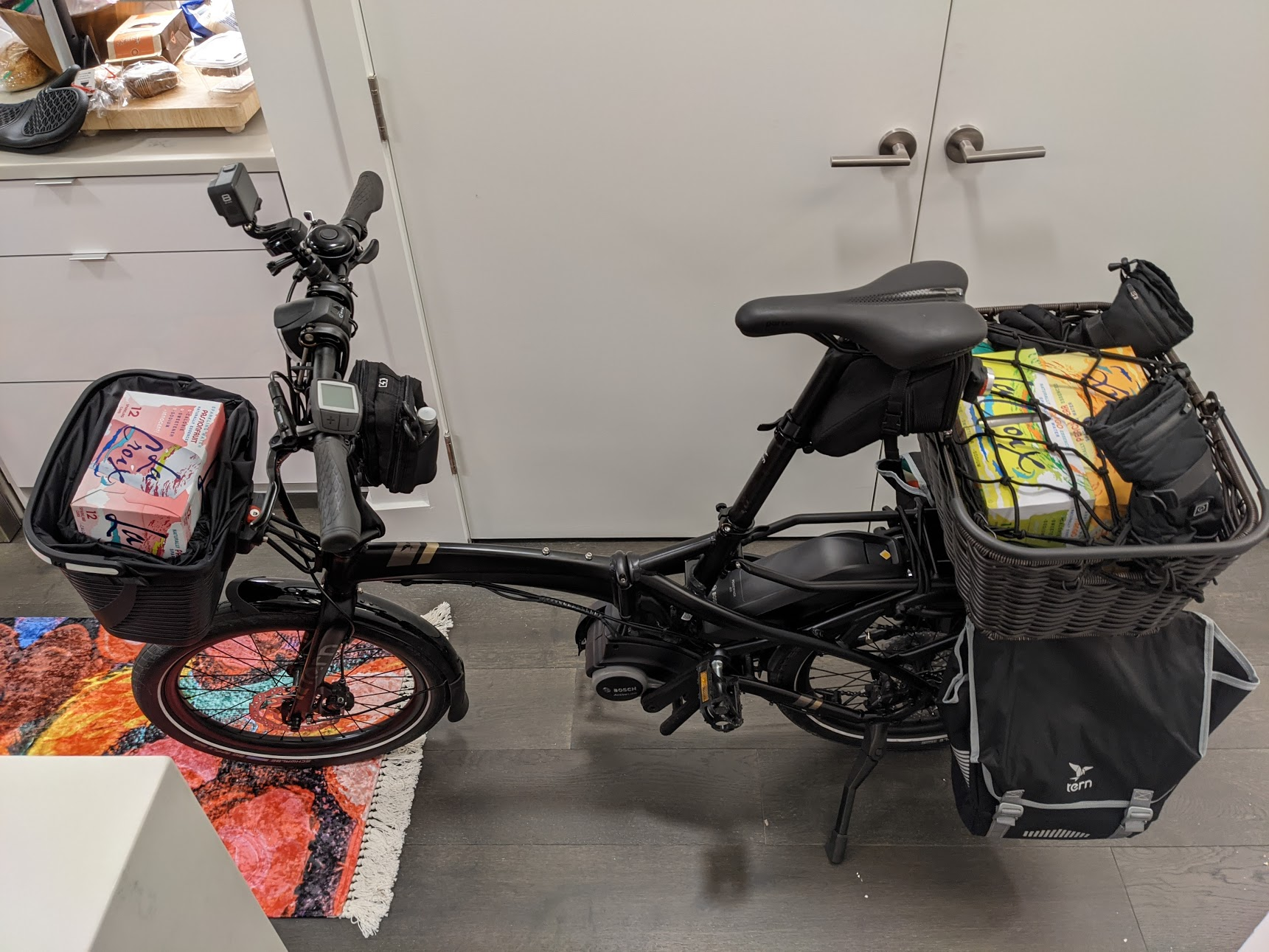
going for the "La Croix + Juice" record

Sometimes you just have a craving… or 7
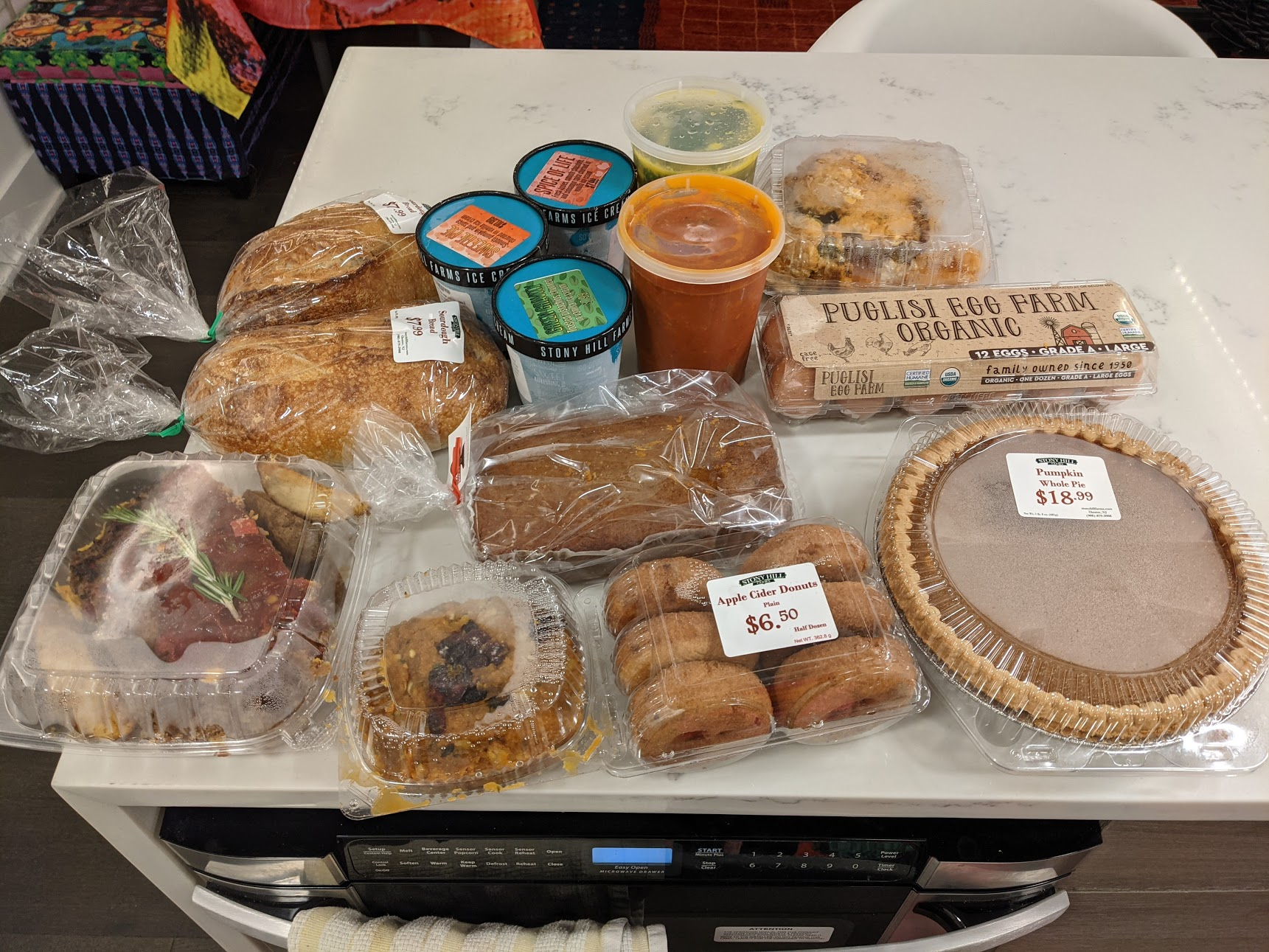
PoV: Moving house
Recently, I moved to my brother's empty apartment for 9d (after a small-chance of COVID exposure, to avoid any risk of exposing my wife).
I packed a comfortable >1wk vacation into 4 bags (2 panniers, 1 bag in front rack, 1 backpack), and biked, ferried, and biked from Jersey City to the Flatiron:
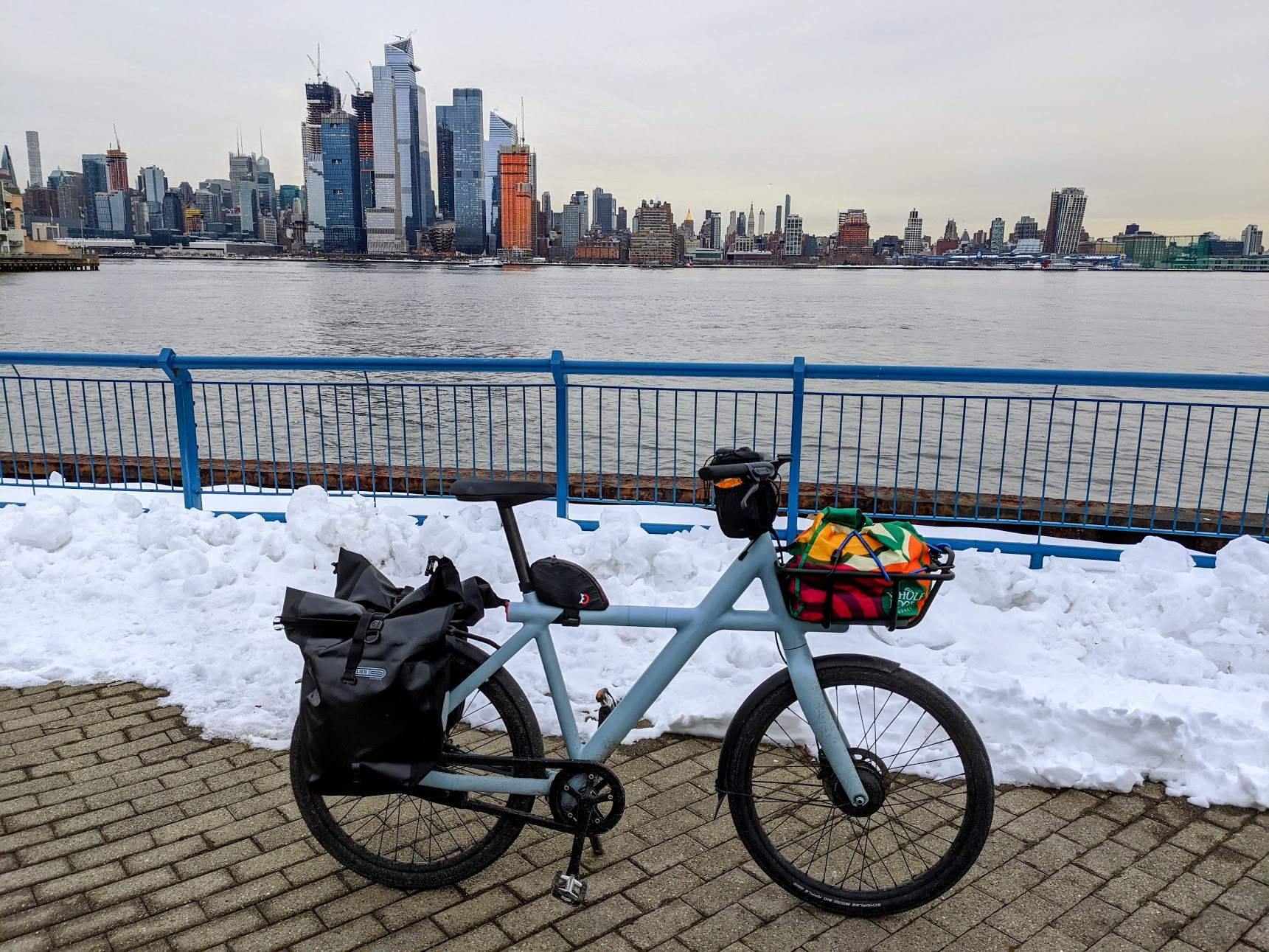
…and back 9d later (having added pogies for no-nonsense hand-warming):
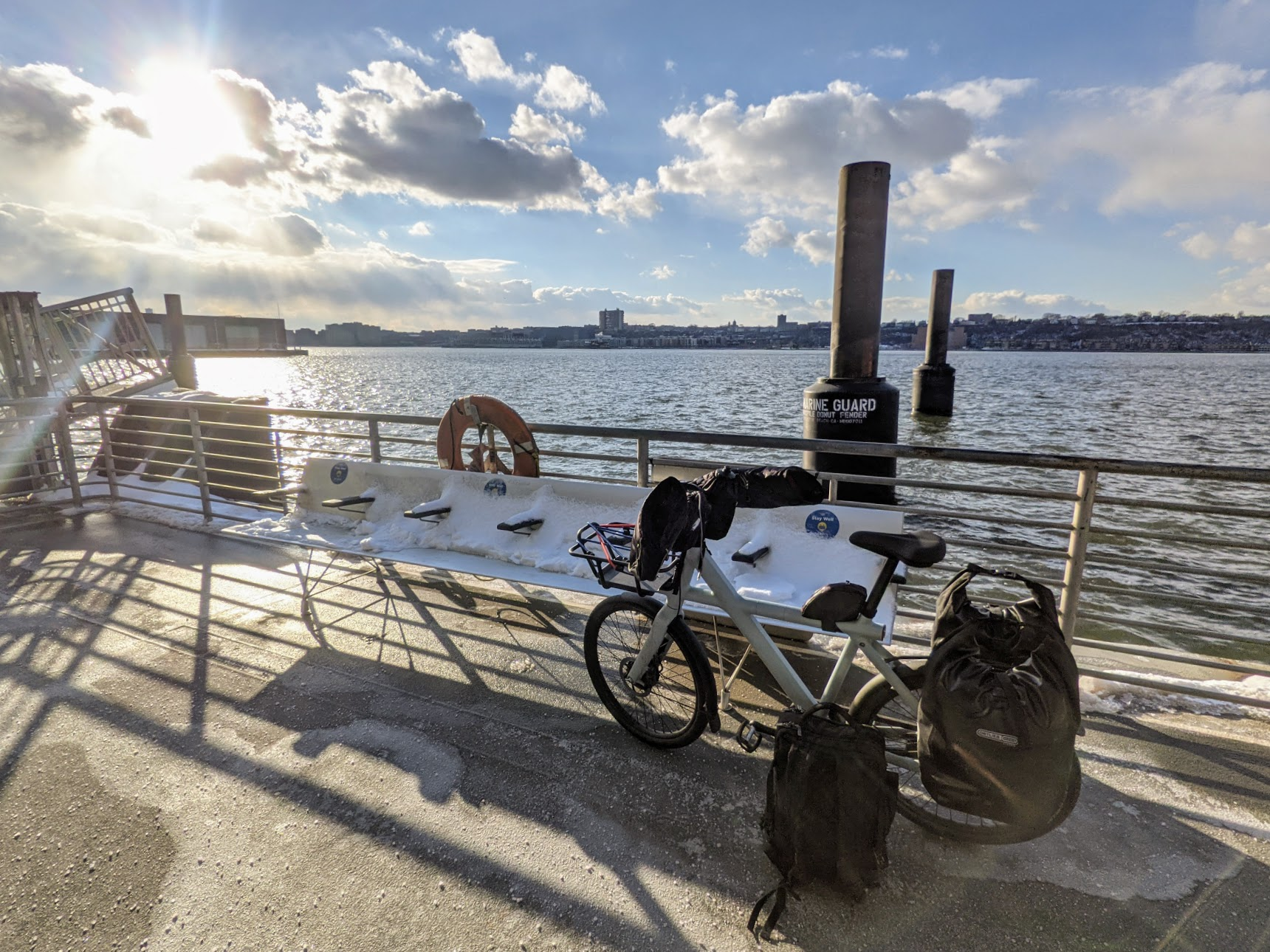
Health
I get more exercise thanks to my e-bikes, because I bike much more. Here's a study that corroborates this effect.
Car sewers
Biking in cities makes you realize that roads are terrible places. They're noisy, dirty, and dangerous because they are dominated by cars. They're awful to be in or around (unless you're in a car).
Interacting with roads on a bike feels better in its own right (in at least medium-dense areas, say): it's easy to see how many more people could do so and, if they did, how everyone would get where they're going more quickly/pleasantly/safely (including those who still need to use private cars for one reason or another).
It also underscores how ill-suited private cars are to urban environments: watching one double-parked car or truck snarl blocks of traffic, hearing horn honks or mufflers that are obnoxious (if not dangerous) over a radius that typically includes 1000's of homes, watching parents+stroller bullied in crosswalks by turning SUVs w/ head-height grills, etc.… cars don't work very well in dense areas, and they ruin them for everyone outside them.
I'm sorry to speak so negatively but there is enormous, real, preventable harm happening every day because of the level of car-dependence in the US, and most Americans have never known any kind of modern or functional public transit, so it's important to talk both about how much better we can make things but also what is bad about the status quo that most people don't realize or fully appreciate. The War on Cars section discusses this with more detail and rigor.